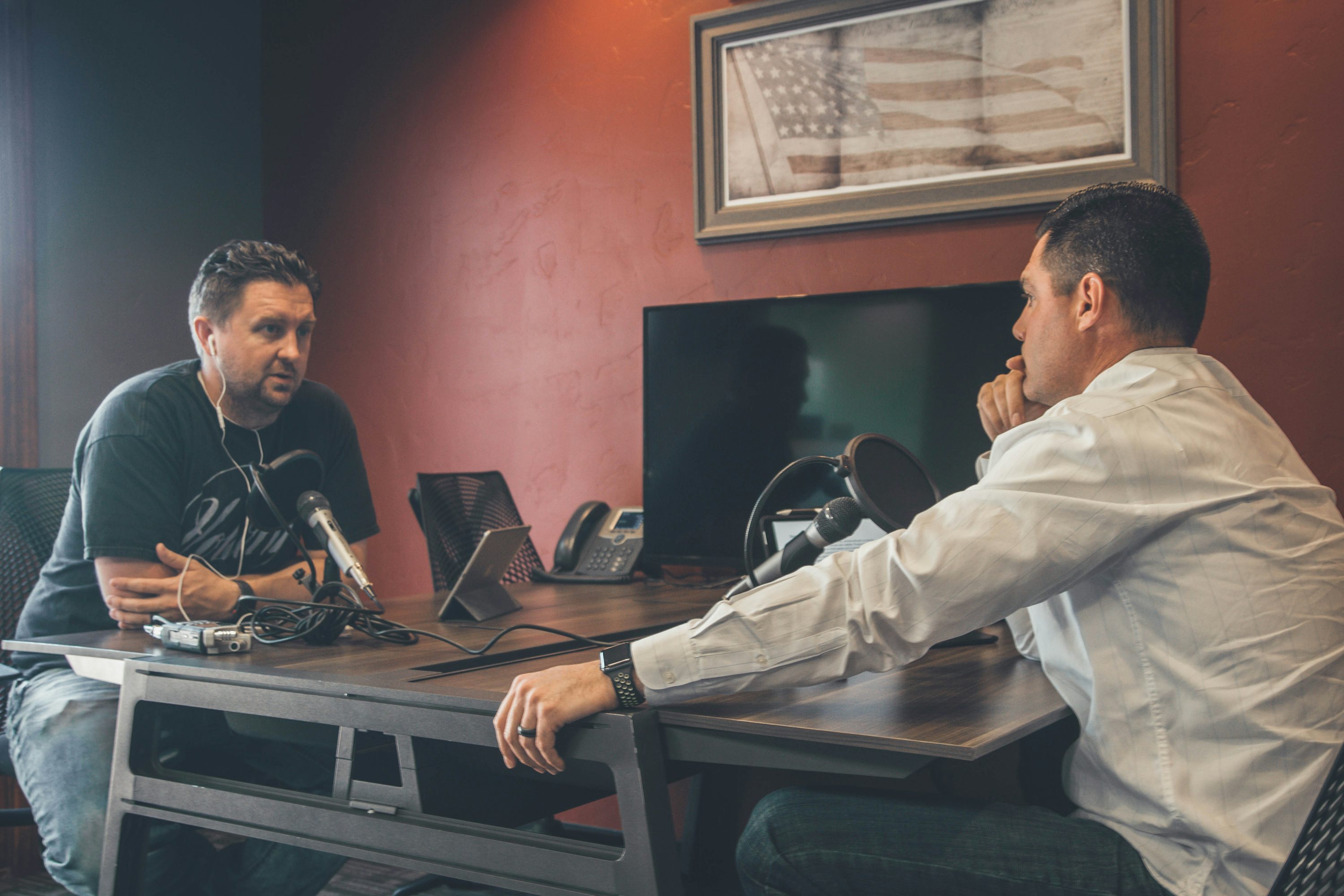How does conformity bias affect qualitative research?
How does conformity bias affect qualitative research?
Conformity bias can significantly influence the outcomes of qualitative research by affecting both participants and researchers. When participants conform to perceived group norms or researcher expectations, the authenticity of the data collected may be compromised. This bias can lead to responses that reflect what participants believe is acceptable or desired, rather than their true feelings or experiences.
In group settings like focus groups, participants might suppress their own opinions to align with the majority view. This can result in a narrow range of perspectives being shared, limiting the depth and breadth of the data. Similarly, during interviews, participants may provide answers they think the researcher wants to hear, especially if there is an imbalance of power or if the questions are leading.
For researchers, conformity bias can influence the interpretation of data. Researchers might inadvertently focus on themes that align with dominant thinking in their area or ignore contradictory information. This can happen when there is a strong expectation of certain outcomes, leading to selective attention to data that confirms those expectations.
The presence of conformity bias in qualitative research can produce results that do not accurately represent the participants’ true thoughts or the complexity of the issue being studied. Recognizing and addressing conformity bias is essential to ensure that the research reflects genuine insights and contributes valuable knowledge to the field.
How do you avoid conformity bias?
Conformity bias can affect the integrity of qualitative research by influencing participants‘ responses and researchers’ interpretations. Implementing strategies to address conformity bias is essential for obtaining authentic data.
Promote participant independence
A study should be designed to encourage participants to express their genuine thoughts without external influence. Researchers should use open-ended questions and avoid leading language that might steer responses. This approach allows participants to share their perspectives freely, reducing the likelihood of conforming to perceived expectations.
Ensure anonymity and confidentiality
Guaranteeing anonymity can help participants feel more comfortable sharing honest opinions. When individuals know their responses are confidential, they may be less inclined to provide socially desirable answers. This is especially important in group settings where peer influence can be strong.
Opt for individual interviews over group discussions
Conducting one-on-one interviews can lessen the pressure to conform that might be present in focus groups. In private settings, participants are less likely to be swayed by others’ opinions and can provide more authentic responses.
Train researchers on bias awareness
Educating researchers about conformity bias helps them recognize and mitigate its effects during data collection and analysis. Training can include strategies for maintaining neutrality, such as being mindful of body language and tone, to avoid unintentionally influencing participants.
Use multiple researchers
Having more than one researcher collect and analyze data can reduce individual biases. When researchers independently code and interpret data, they can compare results to identify and address any inconsistencies stemming from conformity bias.
Implement data triangulation
Using multiple data sources or research methods enhances the credibility of the research. Triangulation helps confirm that findings are consistent across different contexts, reducing the impact of conformity bias that might affect a single method or source.
Engage in reflexivity
Researchers should practice reflexivity by regularly reflecting on their own beliefs and how these may influence the research process. Keeping a reflexive journal allows for continuous self-evaluation and transparency, helping to identify and control personal biases.
Conduct member checking
Sharing findings with participants for feedback ensures that interpretations accurately represent their views. This process allows participants to confirm or clarify the results, reducing the risk of misinterpretation due to conformity bias.
Create a neutral environment
Establishing a neutral and comfortable setting encourages honest communication. Researchers should be conscious of creating an atmosphere free from judgment, where participants feel safe to share their true thoughts without fear of criticism.

